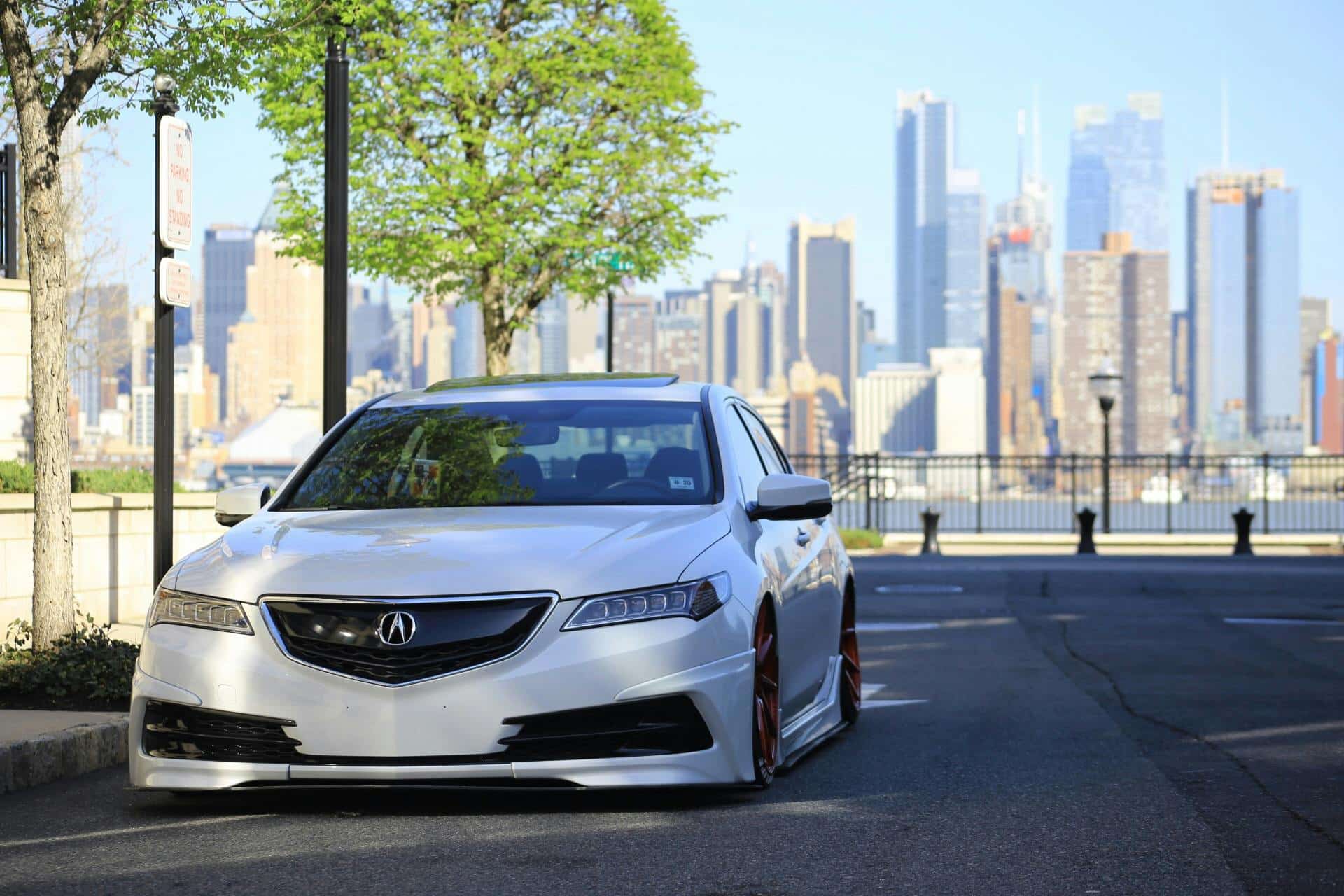Can You Retrofit a Factory-Like Rear-View Camera in an Older Honda Pilot for Improved Safety?

What is a Rear-View Camera and its Importance for Vehicle Safety?
A rear-view camera, also known as a backup or reversing camera, is an innovative technology that has become a standard feature in many contemporary vehicles. But what if you’re driving an older model, like a Honda Pilot, that did not come equipped with this feature? Is it possible to retrofit a factory-like rear-view camera in such a vehicle, and will it significantly enhance safety?
In essence, a rear-view camera is a small, weatherproof, wide-angle camera mounted on the rear of a car. When the vehicle is put in reverse, the camera is activated, and the driver can see the live image on an in-car display. This system is ingeniously designed to assist the driver in reversing or parking, especially in tight spots.
Dans le meme genre : Latest in car news:actualité automobile updates and tips
The main motivation behind this technology is safety. According to the U.S. National Highway Traffic Safety Administration, backover accidents – incidents where a driver unknowingly hits a person or object while reversing – account for 15,000 injuries and over 200 deaths annually. A majority of these victims are children and elderly persons. This is where the rear-view camera steps in, drastically reducing the driver’s blind spot and making parking and reversing much safer.
Retrofitting a Rear-View Camera in an Older Honda Pilot
Now, let’s focus on the Honda Pilot, specifically older models that might not have a rear-view camera. Can you retrofit a factory-like system in such a vehicle? The answer is a resounding yes.
A voir aussi : What’s the Optimal Shift Point for Maximum Acceleration in a Lexus LFA?
Hondas, including the Pilot model, are renowned for their flexibility and adaptability when it comes to after-market additions. This means that adding a rear-view camera to an older Pilot model is not only possible but also a relatively straightforward process. The camera can be mounted discreetly on the rear of the vehicle, and the display can be integrated with the existing dashboard or installed separately depending on the model and driver preference.
There are numerous camera models and types available in the market, some of which are designed explicitly for Hondas. These cameras come with a power wire that is typically connected to the backup light power, triggering the camera on when the car is put in reverse. The video output, on the other hand, is routed to the display at the front of the car.
Safety Benefits of a Rear-View Camera in a Honda Pilot
Installing a rear-view camera in your Honda Pilot will significantly enhance safety. As mentioned earlier, these cameras drastically reduce the driver’s blind spot, which can be particularly sizable in larger vehicles like the Pilot.
When you’re reversing, the rear-view camera will provide a clear, wide-angle view of what’s behind your car, displayed on an in-car screen. This feature proves particularly useful in busy parking lots, narrow driveways, and urban environments where pedestrians, cyclists, and other objects can suddenly appear from nowhere.
Moreover, a rear-view camera can make hitching a trailer or boat a breeze, a feature that can come in handy with the Pilot given its renowned towing capacity.
The Impact of Rear-View Cameras on New Honda Models
Honda’s commitment to vehicle safety is evident in its newer models, where rear-view cameras come as standard. For instance, the Honda Pilot TrailSport, a robust and rugged model, is designed to conquer off-road trails and comes equipped with the Multi-Angle Rearview Camera.
This advanced system provides three different views: normal, top-down, and wide. When the car is put in reverse, the rear view is displayed on the 7-inch Display Audio touchscreen, ensuring that the driver has a comprehensive understanding of the surroundings. The camera’s guidelines also provide a reference for distances and a projected path that adjusts as the wheel turns.
Such a system makes parking in tight spots a breeze, and navigating narrow or winding roads safer. It also simplifies off-road driving, especially when negotiating tricky trails where knowing what’s behind your vehicle can prevent accidents and damage.
Final Thoughts
The rear-view camera is an essential safety feature for any car, and retrofitting one in an older Honda Pilot model is a practical and beneficial move. It’s a testament to Honda’s adaptability and customer-focus that their vehicles can accommodate such upgrades. While the process of installation might require professional assistance, the benefits in terms of safety and convenience make it a worthwhile investment, ensuring that you and your loved ones enjoy a safer driving experience.
The Process of Retrofitting Your Honda Pilot with a Rear-View Camera
Retrofitting an older Honda Pilot with a rear-view camera can be a relatively straightforward process, especially with professional assistance. The backup camera, once mounted and connected, can drastically improve the driver’s view, especially during reversing or parking.
To start with, you must choose a rear-view camera that is compatible with your Honda Pilot model. There are several models available in the market, some specifically designed for Hondas. These cameras are mounted at the back of your vehicle and come with a power wire that needs to be connected to the backup light power. This setup ensures the camera is activated when the car is put into reverse.
The video output from the camera is routed to a display at the front of the car. Integration of the display can vary depending on the model of your Honda Pilot and your preferences. The display could be incorporated with the existing dashboard or installed as a separate unit. However, it’s crucial to position the display at a location where it can be comfortably viewed while driving, without causing any distraction.
Most rear-view cameras also come with guidelines on the display. These guidelines help in understanding distances and providing a projected path that adjusts as the wheel turns. This feature is incredibly beneficial, especially when navigating through tight parking spaces or hitching a trailer or boat to your fourth-generation Pilot with its remarkable towing capacity.
Rear-View Cameras in the Latest Honda Pilot Models
In recent Honda models, the inclusion of a rear-view camera is standard, demonstrating Honda’s commitment to vehicle safety. For example, the Honda Pilot TrailSport, a rugged model designed for off-road capability, comes equipped with a Multi-Angle Rearview Camera system as part of its standard features.
This advanced camera system provides three different views – normal, top-down, and wide. The rear view is displayed on a 7-inch Display Audio touchscreen when the vehicle is put in reverse, giving the driver a comprehensive view of what’s behind their vehicle. The camera system‘s guidelines provide a reference for distances and a projected path that adjusts with the turning of the wheel, making it easier to park or navigate through challenging trails.
Importantly, the camera also reduces the blind spot significantly, increasing the driver’s awareness and promoting safer driving. Whether it’s the second row of seats in your Honda Pilot or a cyclist suddenly appearing from behind, the rear-view camera ensures you are aware of your surroundings at all times.
Conclusion
In conclusion, retrofitting an older Honda Pilot with a rear-view camera significantly enhances safety and convenience for the driver. It is a testament to Honda’s commitment to safety and adaptability that an older model can be upgraded with a backup camera system.
While the installation process might require professional help, the benefits of having a rear-view camera, from reduced blind spots to safer parking and reversing, outweigh the initial investment. It’s a necessary and worthwhile upgrade that will ensure you and your loved ones enjoy a safer driving experience in your Honda Pilot.
